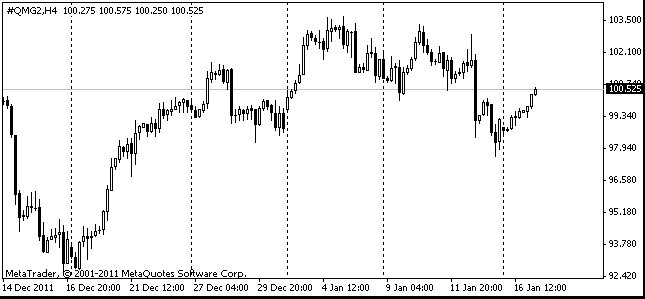EUR/usd
The ECB calls for politicians to develop a new investment guarantee mechanism at the EU-wide level in order to eliminate an adverse effect, which capital shifts within the region are now producing on some banks. In their turn, the politicians keep emphasizing that the ECB has to take a more active part in bailing out of the troubled countries. While chief officials are shifting responsibility on each other and dictating others what to do, the EU countries keep falling on the domino principle, and the single currency is hitting new lows against the dollar and yen. Yesterday there was an attempt to cover massive shorts, which eventually pulled the euro up. At trading in Europe the pair grew up to 1.2427. However, just as it was in the preceding days the American session brought with it a wave of sales in the euro, which drove the pair down to its daily low of 1.2336. At early trading in Asia the pair hit a new low, 1.2323. We can't say when this trend will come to its end, as, though the decline two years ago was similar to the current one both in the scale and rate levels, the politicians at least formally rejected the possibility of the EU disintegration. Technically the euro is severely oversold, but it's hard to find enough optimists which could produce any significant impact on the situation, reversing the trend. There is a feeling that speculators will try to push the pair below 1.20 next week. As seen from yesterday's trading, poor news from the USA again boosted demand for the dollar. The ADP's labour market data marked a growth of the US non-farm employment -133K against 113K a month before. The indicator was expected to grow by 145K, and at the beginning of the year the monthly increase made about 200K. The second quarter again proves to be much weaker, which can generate a need for new incentives from the Fed. Buying the dollar on poor figures from the USA, the market clearly shows that it is going through a crisis. The flight to the high-quality US corporate assets has led to the exit into the country's liquid and deep treasury market. It just remains to see how poor the payrolls will be.

GBP/USD
There isn't much news from Britain, but nevertheless it doesn't hamper the dynamics of the currency. The sterling is falling against the dollar much faster than the euro, which is clearly seen in the second attempt of EUR/GBP to tear off the 0.8 level. The pound dynamics was again mainly determined by the Spanish news. Yesterday 8 Spanish regions faced rating cuts. It means that the Spanish government will find it more difficult to borrow in the markets now and that the price of the government bonds and notes already bought by the Spanish banks will drop lower and as a result will increase the need for the inflow of fresh capital. It is not always so, but in our case it will develop in a classical way. Thus, GBP/USD has already fallen by more than a point, down to 1.5370, where after a slight bounce it keeps trading now.

USD/JPY
Amid yesterday's chaos and despair, which largely affected emerging markets, the bears proved that they are stronger in USD/JPY. The capital outflow from the Asian and other rapid-growing countries with high interest rates has spilt over into buying of liquid assets. The USD/JPY rate sank down to 78.40, though the day was started at 79. It's remarkable that the pair has gone below its 200-day moving average, which promises further decline.

oil
Like other risky assets, WTI Oil is also facing sales. Apart from the traditional flight to safety, the black gold is affected by the revision of the US growth rate and increase in crude oil inventories. Employment data has the potential to exercise a strong influence on the course of trading, either marking the beginning of correction (or a new phase of growth), or reinforcing the bears' positions for further sales.
